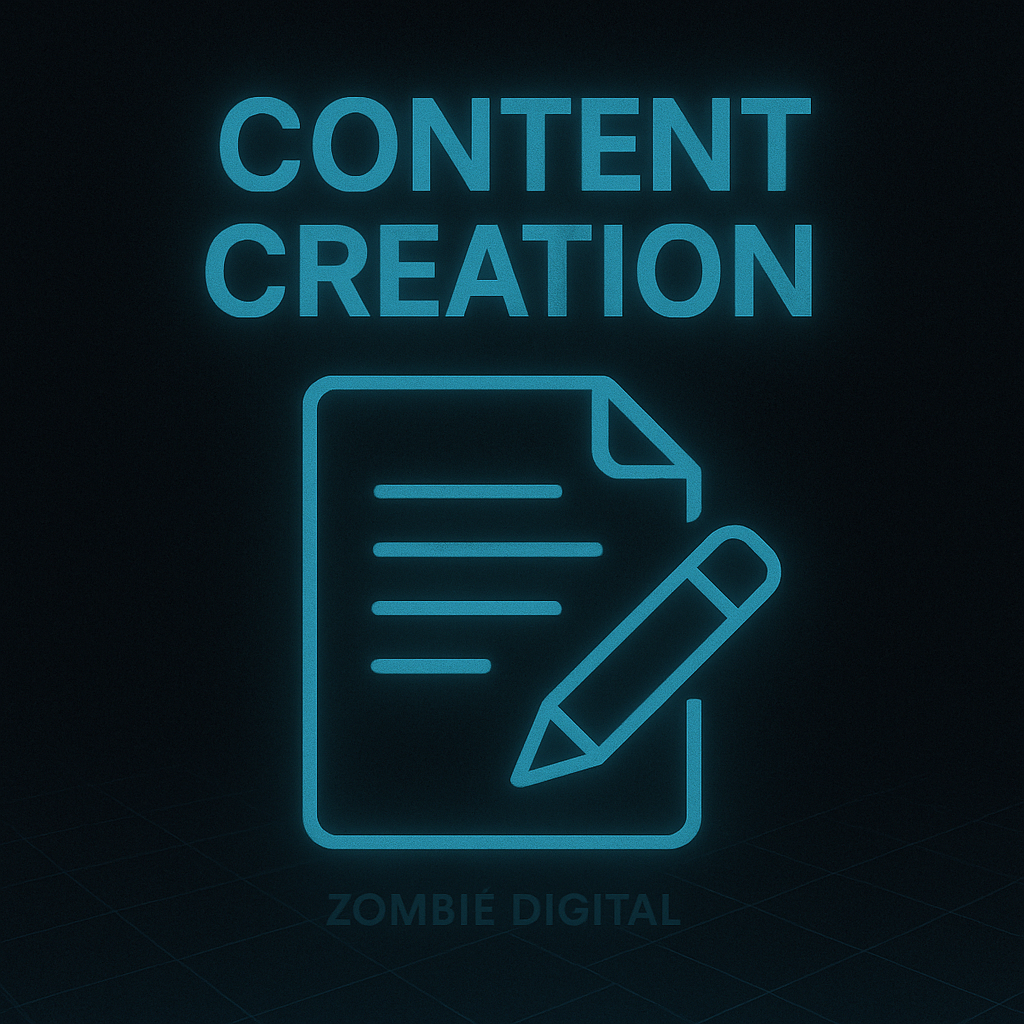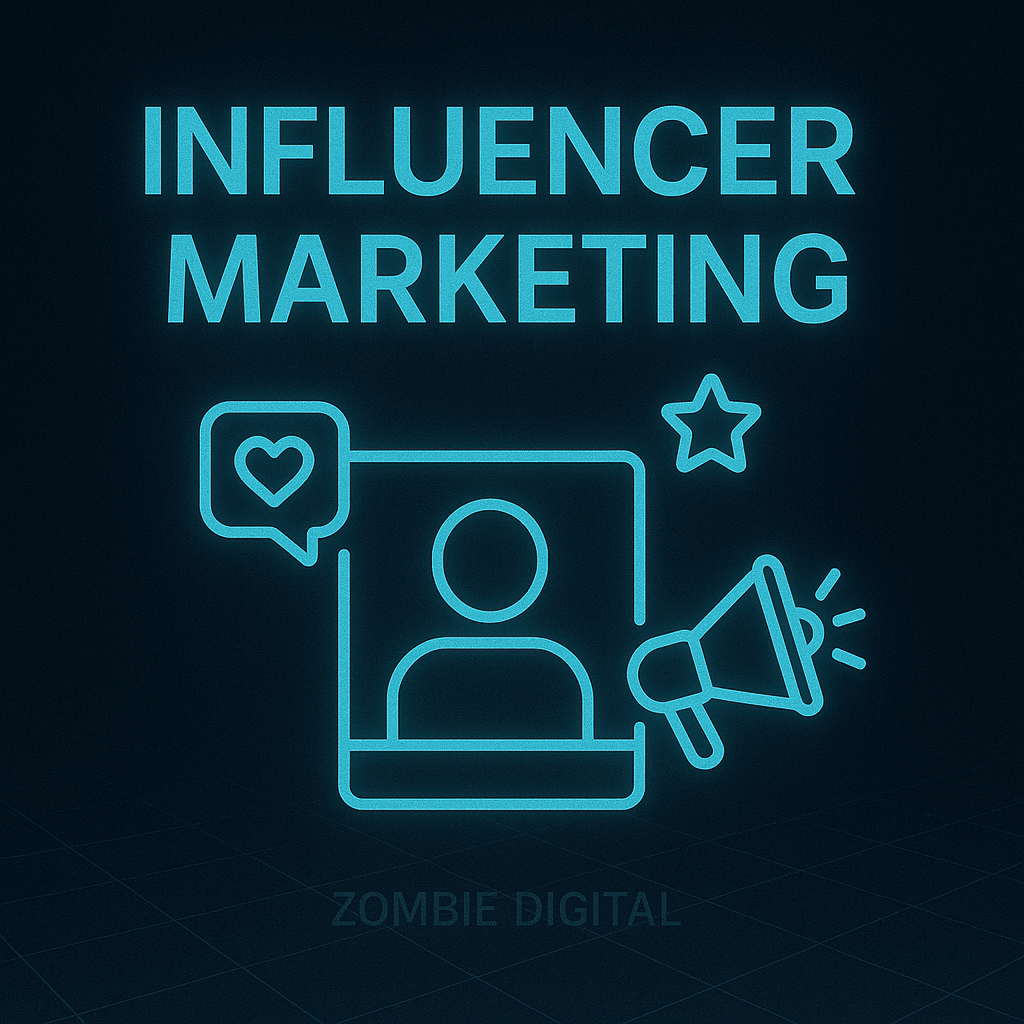Navigating the world of B2B marketing budgets in 2025 can feel overwhelming, but by focusing on key areas, you can make smart investments.
To maximize your marketing ROI, prioritize digital strategies, data analytics, and personalized content. These are critical components that drive engagement and sales.

Your business needs a solid plan to structure and allocate your budget wisely.
Consider how much to spend on emerging technologies and tools that streamline operations. Investing in automation and AI can save time and resources in the long run. This ensures you stay ahead of the competition by keeping your operations efficient and effective.
Balancing innovation and traditional B2B marketing methods is vital.
Evaluate what has worked for your business before, and adapt it to the current trends. Keep your goals clear and track your progress regularly to ensure your budget supports your strategic objectives and growth plans.

In 2025, B2B marketing is more crucial than ever for maintaining competitive advantages. Adapting to new market trends and leveraging emerging technologies help businesses thrive.
The B2B market is constantly changing. As a marketer, you need to stay ahead of these shifts.
Digital marketing has become essential, with more businesses investing online. Market trends show a rise in personalized business solutions. Customers now expect tailored experiences that meet their unique needs.
You’re also competing in a global landscape. To stand out, adapting to cultural differences and shifting dynamics is key. Understanding these changes allows you to refine your B2B marketing strategies, ensuring your message resonates across diverse audiences.
In 2025, technology shapes how you market your business.
Generative AI transforms content creation, allowing for faster and more efficient generation of marketing materials. AI tools offer detailed insights into customer behavior, helping you tailor your approaches.
Advanced data analytics also play a big role. They provide in-depth data on customer interactions, allowing you to tweak your strategies for better engagement. By utilizing these tech solutions, you can boost efficiency and effectiveness in your campaigns.
Digital platforms broaden your reach.
Adopting innovative strategies like influencer marketing or interactive content can capture more attention. It’s key to explore these new avenues to keep your brand relevant.

Effective planning is crucial for setting a marketing budget that aligns with your company’s goals. Focusing on calculating the return on investment (ROI) helps in determining the value of each dollar spent.
Allocating an appropriate B2B marketing budget requires careful consideration of past expenditures, current market trends, and expected needs.
Look at past budget activities and discover what worked best. Identify the campaigns that offered the best returns and note where there is room for improvement.
Tracking these details enables you to predict future budgets more accurately. Use forecasts and historical data to project potential increases in spending. Ensure that your budget is flexible enough to adapt to changes in your market.
It’s important to ensure your marketing budget reflects your business objectives.
Consider how each part of your budget supports goals such as expanding market reach or boosting customer retention. Make sure to allocate funds to both short-term and long-term goals.
Evaluate your spending priorities to see if they align with the targets you have set. Use metrics to check that the budget is driving the expected returns. Focus on activities that offer the best ROI relative to your goals. By doing so, your budget remains robust and directed towards growth.

Key Performance Indicators (KPIs) are vital for assessing the success of your marketing efforts. They help you gauge how effectively your marketing spend translates into revenue growth and guide strategic decisions for budget increases.
Understanding how marketing dollars contribute to your goals is crucial. KPIs like cost per lead and conversion rates track how efficiently your marketing budget is used.
A Cost Per Lead (CPL) metric shows expense efficiency by dividing total marketing spend by number of new leads. A lower CPL indicates effective spending. Similarly, conversion rates identify which campaigns turn leads into customers, helping adjust strategies for budget increases.
Regular review helps pinpoint which investments yield the best returns, ensuring that resources are allocated wisely.
To focus on ROI and revenue growth, consider metrics like Customer Acquisition Cost (CAC) and Customer Lifetime Value (CLV).
CAC measures how much you spend in marketing to gain a new customer. A lower CAC typically means your marketing is effective.
Customer Lifetime Value (CLV) estimates total revenue from a customer over time. Comparing CLV to CAC informs whether customer acquisition justifies the investment. Also, monitoring return on investment (ROI) offers insights into how marketing activities contribute to profit, guiding decisions on enhancing or reallocating resources for further growth.
Ensuring these metrics are aligned with your goals helps show the impact of your marketing budget on revenue growth.

To increase customer retention and engagement, focus on refining the buyer’s journey and nurturing long-term relationships. This approach can positively impact your business growth over time.
Creating a smooth customer journey is crucial.
Start by mapping out each stage of the customer lifecycle. Identify touchpoints from awareness to purchase where customers interact with your brand.
Make sure these interactions are consistent and personalized. Use data to understand your customers’ needs. By doing this, you can tailor your messages and offers effectively.
Feedback loops are vital. Encourage customers to provide feedback at different points. Listen and make adjustments to improve their experience. This builds trust and encourages loyalty.
Building long-term relationships is about communication and value.
Regularly engage with your customers through multiple channels like emails, social media, and more. Ensure your content is relevant and helpful to them.
Offer loyalty programs to reward repeat customers. Give them special discounts or exclusive offers. This not only boosts retention but also makes them feel valued.
Training and support can further cement these relationships. Provide resources and assistance that help them use your products or services effectively. When customers see you as a partner in solving their problems, they’re more likely to stay loyal.

To excel in 2025, focus on creating and using content to drive growth. Key aspects include planning your content approach and optimizing it for getting and retaining leads.
A well-thought-out content B2B marketing plan is essential.
Start by identifying your target audience and understanding their needs. Use surveys or feedback forms to gather insights. People love consuming content that addresses their challenges.
A clear content calendar will help keep your strategy organized. This schedule should include blogs, videos, and social media posts. Diversifying your content types can increase reach and engagement.
Use data analytics to track performance. Understand which types of content get the most engagement and adjust your strategy accordingly. Continuous improvement keeps your content relevant and effective.
Content is a powerful tool for lead generation.
Create pieces like ebooks or webinars that provide value. These should be offered in exchange for contact information.
To nurture leads, use personalized email campaigns. Send tailored content to keep prospects interested. Sharing case studies and testimonials can build trust.
Automate where possible. Use CRM software to segment leads and schedule regular follow-ups. Automation saves time and ensures consistent outreach. Keeping leads engaged increases your chances of conversion.

Maximizing the potential of marketing channels is crucial in 2025. Focus on strategic use of email, social media, and collaborative advertising to boost your B2B marketing efforts effectively.
Email marketing remains a powerful tool. Create engaging content tailored to your audience. Personalization and automated follow-ups can boost open rates and engagement.
Regularly update your email list to ensure high deliverability. Consider segmenting your audience to send targeted messages that address specific needs.
Social media offers platforms to connect and interact with your audience.
Use platforms like LinkedIn for professional engagement and Twitter for quick updates.
Content is key. Share videos, infographics, and articles that resonate with your followers. Engaging posts can increase brand visibility and drive traffic to your website.
Pay attention to analytics. Monitor engagement metrics like likes, shares, and comments. Use this data to adjust your strategies and improve your results.

Collaborating in advertising is beneficial. Partnerships with other brands or influencers can amplify your reach. Cross-functional partnerships can diversify your approach and access new customer bases.
Develop joint campaigns with partners who share your values and goals. These partnerships can create mutually beneficial results and extend your brand’s impact.
Set clear goals and expectations. Communication is key to successful collaboration. Regular check-ins help align strategies and track progress.
Consider shared advertising efforts. Pooling resources can yield higher effectiveness. Joint webinars or co-branded content can attract wider audiences and increase brand recognition.
Be open to feedback. Use insights from collaborative efforts to refine your strategy and deepen relationships. This can lead to more opportunities in the future.

Marketing technology is advancing fast. Key developments include predictive analytics and AI integration, which offer exciting ways to innovate in your B2B marketing strategy.
Predictive analytics gives insights into future customer behaviors. By analyzing data patterns, you can forecast trends and improve decision-making. These tools help you allocate resources more efficiently and personalize B2B marketing strategies. This leads to better customer engagement and higher return on investment.
Generative AI also plays a crucial role. It allows you to automate content creation, saving time and enhancing creativity. With AI, you can produce engaging content, such as emails and social media posts, tailored to your audience’s preferences. This combination of predictive analytics and AI technology is essential for driving innovation and staying competitive.

Creating a sustainable and ethical marketing strategy requires careful planning.
It focuses on balancing profitability with a responsible approach to privacy and environmental impact.
Consider how to work alongside partners and your team to achieve these goals.
To succeed, you need to prioritize both profits and sustainability.
Consider eco-friendly initiatives like digital marketing to reduce paper use.
Cut down on energy consumption in your operations. These actions contribute to a positive brand image.
Privacy is crucial in marketing.
Ensure that personal data is handled carefully.
Adhere to data protection regulations to build trust with your audience.
Transparency about data usage fosters a sense of security among consumers.
Working effectively requires solid partnerships and a strong internal team.
Encourage collaboration with partners who share your ethical standards. This synergy amplifies accountability.
Engage your team through regular training on sustainable practices and data privacy policies. It enhances their skills and aligns everyone with your mission.
Table of Contents